IELTS Reading 2024 “The Environmental Impact of Plastic Waste”
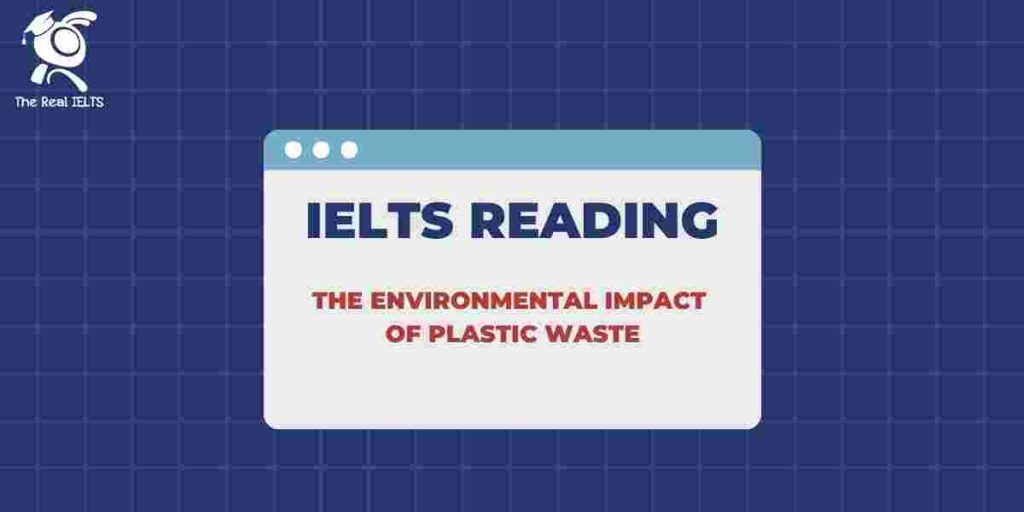

Đề thi IELTS Reading có tiêu đề “The Environmental Impact of Plastic Waste”
IELTS Reading 2024 “The Role of the Internet in Modern Business”
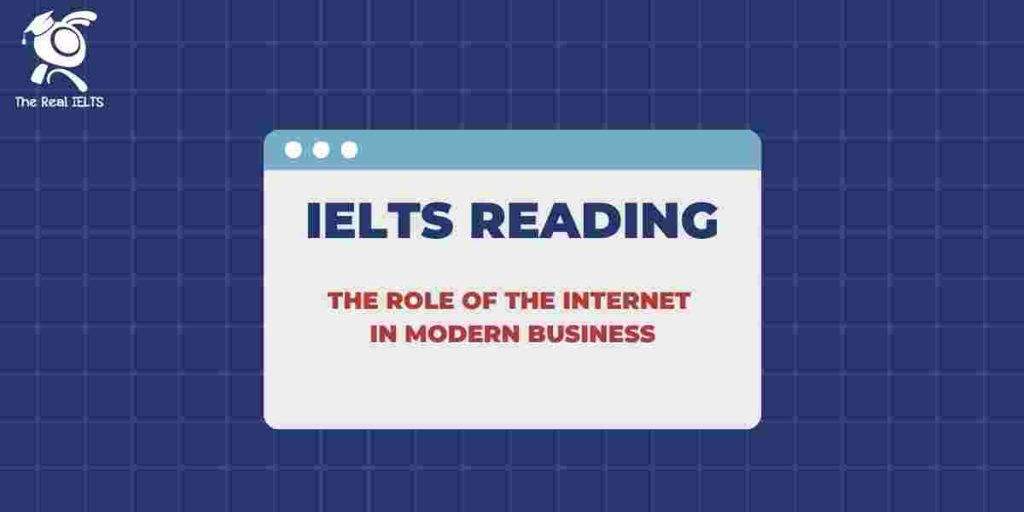

Đề thi IELTS Reading có tiêu đề “The Role of the Internet in Modern Business”
IELTS Reading 2024 “The History and Impact of the Industrial Revolution”
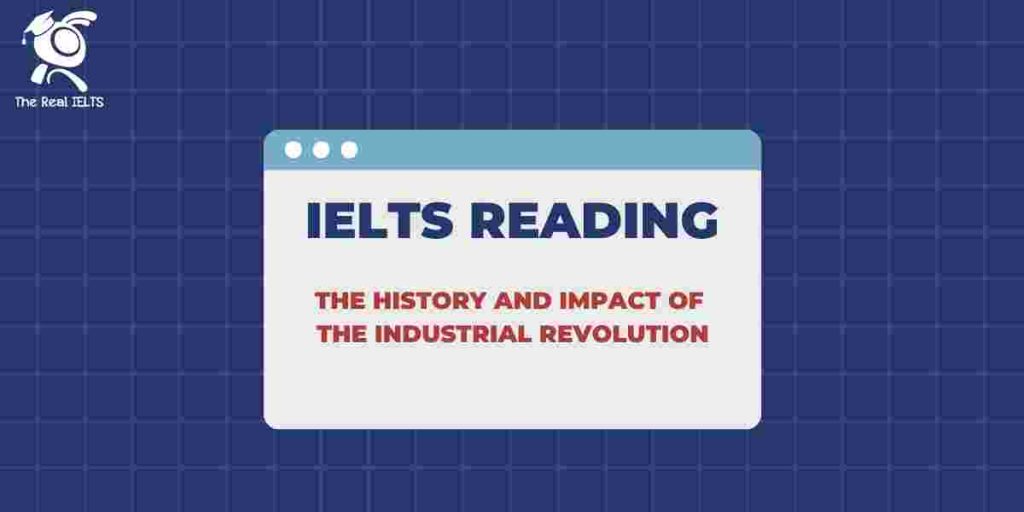

Đề thi IELTS Reading có tiêu đề “The History and Impact of the Industrial Revolution”
IELTS Reading 2024 “The Benefits of Urban Green Spaces”
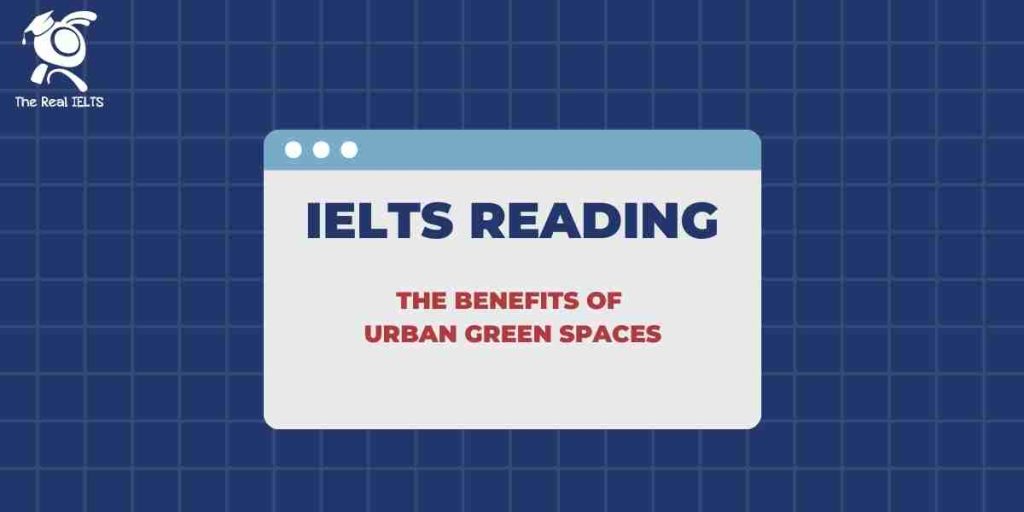

Đề thi IELTS Reading có tiêu đề “The Benefits of Urban Green Spaces”
IELTS Reading 2024 “The Impact of Social Inequality on Education”
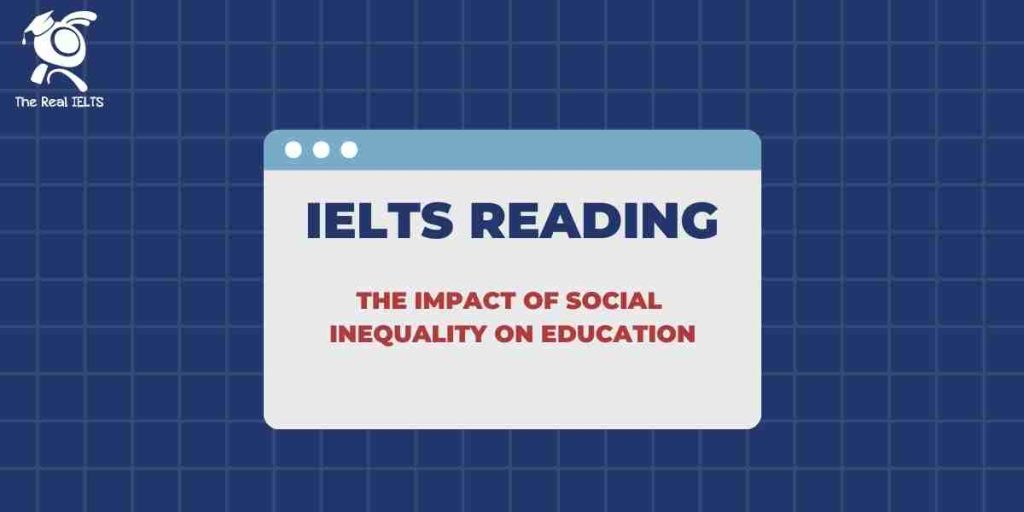

Đề thi IELTS Reading có tiêu đề “The Impact of Social Inequality on Education”
IELTS Reading 2024 “The History and Impact of the Digital Revolution”
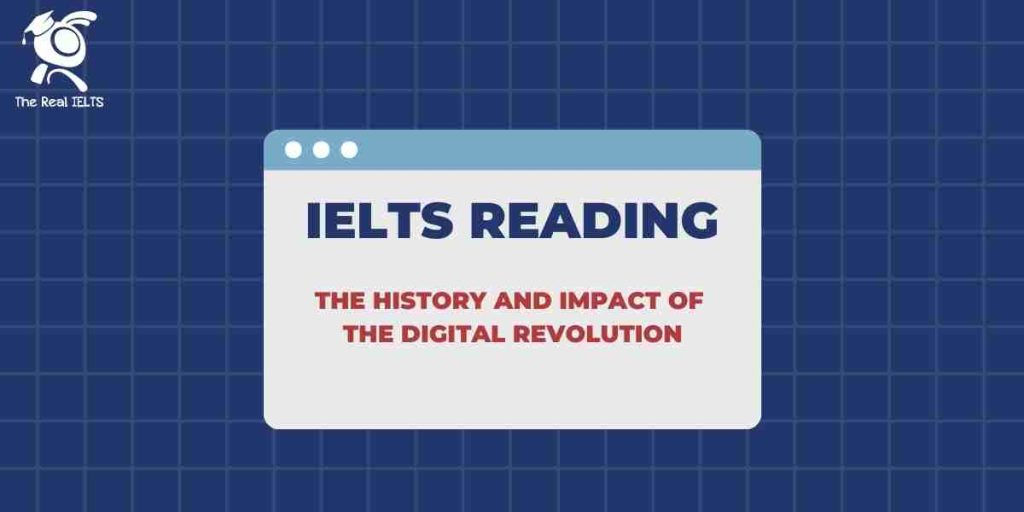

Đề thi IELTS Reading có tiêu đề “The History and Impact of the Digital Revolution” Nhớ đọc thêm các bài luyện thi IELTS nhé. IELTS Reading:”The History and Impact of the Digital Revolution“ The History and Impact of the Digital Revolution The Digital Revolution, often referred to as the Third Industrial Revolution, marks a pivotal period in human history, characterized by the transition from analog and mechanical systems to digital technology. This shift, which began in the latter half of the 20th century, has fundamentally altered nearly every aspect of society, from the way we communicate and work to how we entertain ourselves and interact with the world. The origins of the Digital Revolution can be traced back to the development of the transistor in 1947 by John Bardeen, Walter Brattain, and William Shockley. This invention was a significant milestone because it allowed for the miniaturization of electronic circuits, leading to the creation of more powerful and compact devices. The subsequent development of integrated circuits in the 1950s and 1960s further accelerated the pace of technological advancement, enabling the production of more sophisticated computers at a lower cost. One of the most profound impacts of the Digital Revolution has been on communication. Before the advent of digital technology, communication was largely dependent on analog systems, such as the telephone and postal services. However, the introduction of digital communication methods, particularly the internet, revolutionized the way people connect with one another. The internet, which began as a project by the U.S. Department of Defense in the 1960s, has grown into a global network that allows for instant communication and the exchange of information across vast distances. Social media platforms, email, and instant messaging have made it possible for people to maintain relationships and share ideas regardless of geographic barriers, creating a more interconnected world. The workplace has also undergone a dramatic transformation as a result of the Digital Revolution. The rise of personal computers, the internet, and mobile devices has enabled remote work, leading to the emergence of the gig economy and telecommuting. Businesses can now operate across multiple time zones and locations, accessing a global talent pool. Additionally, automation and artificial intelligence (AI) have streamlined many processes, increasing efficiency and productivity. However, this shift has also raised concerns about job displacement, as machines and algorithms increasingly take on tasks previously performed by humans. Education is another area where the Digital Revolution has left a significant mark. The availability of online learning platforms and digital resources has democratized education, making it accessible to a broader audience. Students can now learn at their own pace, from anywhere in the world, using a variety of digital tools. This has led to a more personalized learning experience and the potential to bridge educational gaps in underserved communities. However, it has also highlighted the digital divide, where those without access to technology are at a disadvantage. The entertainment industry has similarly been transformed by digital technology. The shift from physical media, such as VHS tapes and CDs, to digital formats, like streaming services and downloadable content, has changed the way people consume entertainment. Consumers now have access to a vast library of music, movies, and television shows at their fingertips, leading to the decline of traditional media outlets. Additionally, the rise of social media and video-sharing platforms has given rise to new forms of entertainment, such as vlogging and live streaming, allowing individuals to become content creators and reach global audiences. Despite the many benefits of the Digital Revolution, it has also brought about significant challenges. One of the most pressing issues is data privacy and security. As more aspects of life are conducted online, the amount of personal data shared on digital platforms has increased exponentially. This has made individuals vulnerable to cyberattacks, identity theft, and data breaches. Governments and corporations have been forced to implement stringent data protection measures, but the constantly evolving nature of digital technology means that new threats are always emerging. The Digital Revolution has also had a profound impact on society’s structure and culture. The rise of social media has changed the way people interact with one another, often blurring the lines between online and offline life. While these platforms have enabled people to connect and share ideas, they have also contributed to the spread of misinformation, cyberbullying, and the erosion of privacy. Furthermore, the constant exposure to digital content has been linked to issues such as digital addiction and mental health problems, particularly among younger generations. In conclusion, the Digital Revolution has ushered in a new era of human civilization, one that is characterized by unprecedented levels of connectivity, efficiency, and access to information. Its impact is evident in almost every aspect of modern life, from communication and work to education and entertainment. However, as society continues to embrace digital technology, it must also address the challenges that come with it, ensuring that the benefits of the Digital Revolution are enjoyed by all, while mitigating its potential risks. The future of the Digital Revolution holds both promise and uncertainty, and how society navigates this landscape will shape the world for generations to come. Đề bài thi IELTS Reading Multiple Choice (Câu hỏi trắc nghiệm) True/False/Not Given Yes/No/Not Given Matching Information (Nối thông tin) Matching Headings (Nối tiêu đề với đoạn văn) Matching Features (Nối đặc điểm) Matching Sentence Endings (Nối phần kết câu) Sentence Completion (Hoàn thành câu) Summary Completion (Hoàn thành tóm tắt) Diagram Label Completion (Hoàn thành nhãn của sơ đồ) Short Answer Questions (Câu hỏi trả lời ngắn) Đáp án bài thi IELTS Reading Multiple Choice (Câu hỏi trắc nghiệm) True/False/Not Given Yes/No/Not Given Matching Information (Nối thông tin) Matching Headings (Nối tiêu đề với đoạn văn) Matching Features (Nối đặc điểm) Matching Sentence Endings (Nối phần kết câu) Sentence Completion (Hoàn thành câu) Summary Completion (Hoàn thành tóm tắt) Diagram Label Completion (Hoàn thành nhãn của sơ đồ) Short Answer Questions (Câu hỏi trả lời ngắn) Luyện tập bài khác ở bài viết:”100
IELTS Reading 2024 “The Challenges of Global Public Health”
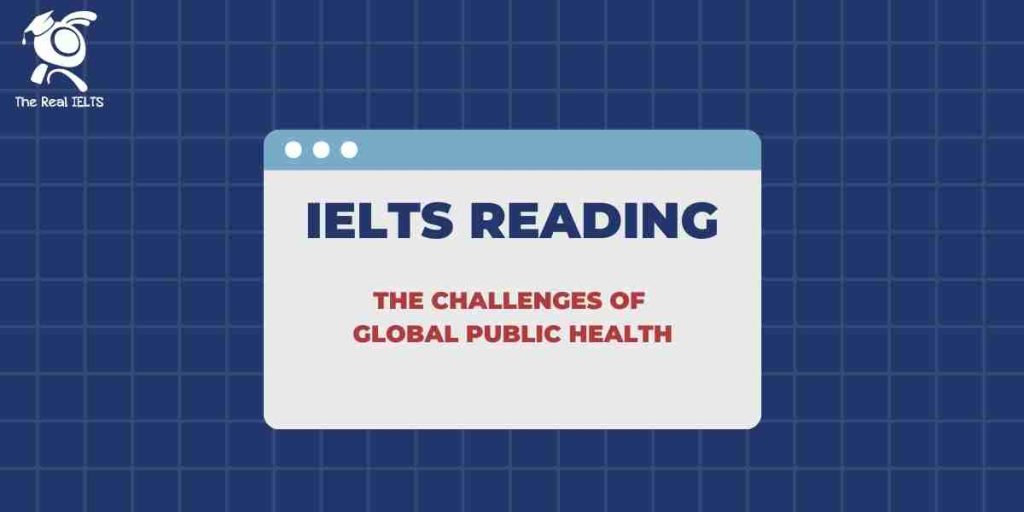

Đề thi IELTS Reading có tiêu đề “The Challenges of Global Public Health”
IELTS Reading 2024 “The Role of International Organizations in Peacekeeping”
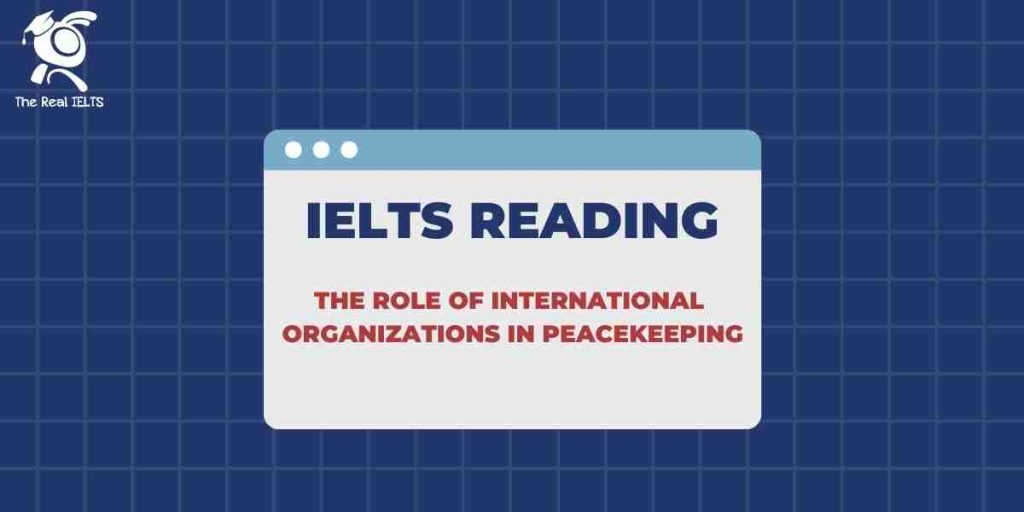

Đề thi IELTS Reading có tiêu đề “The Role of International Organizations in Peacekeeping”
IELTS Reading 2024 “The History and Importance of World Heritage Sites”
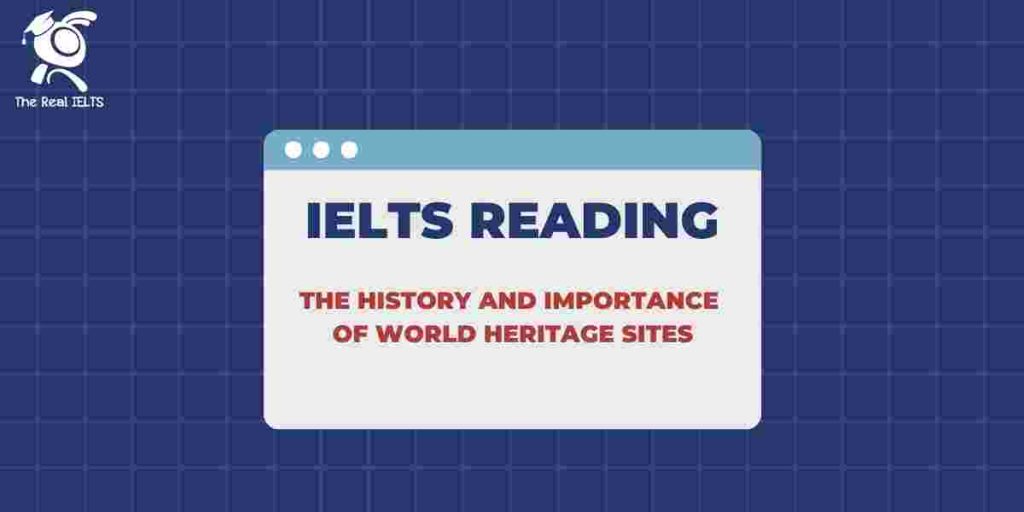

Đề thi IELTS Reading có tiêu đề “The History and Importance of World Heritage Sites”
IELTS Reading 2024 “The Influence of Advertising on Consumer Choices”
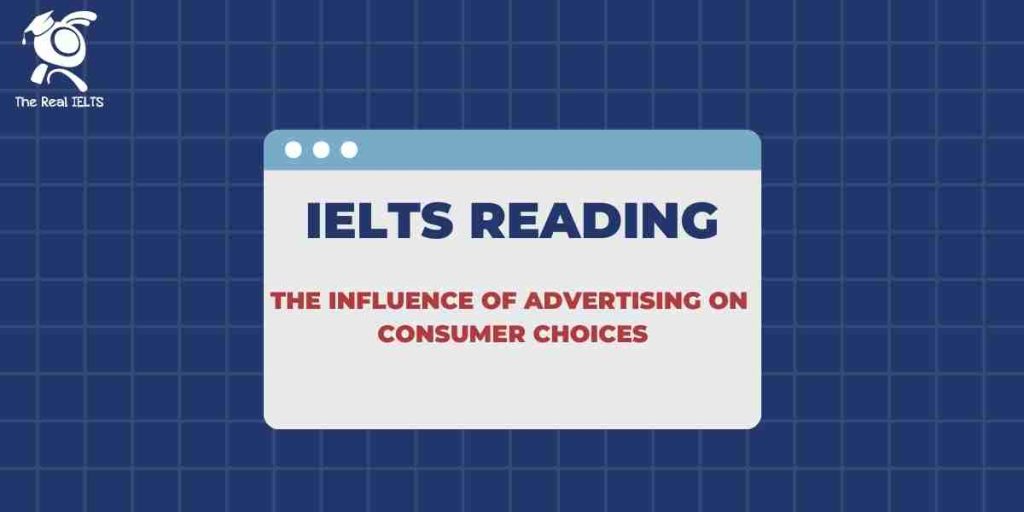

Đề thi IELTS Reading có tiêu đề “The Influence of Advertising on Consumer Choices”
IELTS Reading 2024 “The History of Ancient Civilizations”
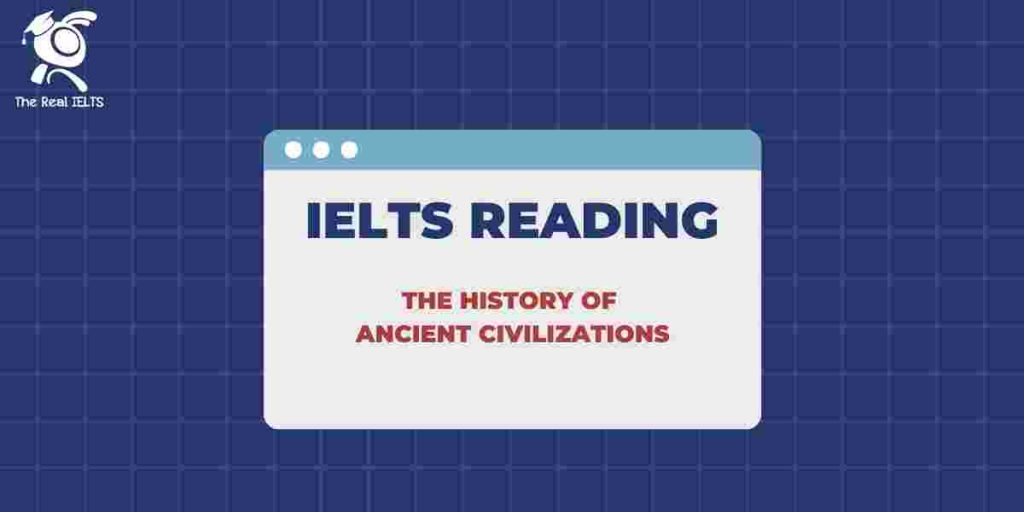

Đề thi IELTS Reading có tiêu đề “The History of Ancient Civilizations”





